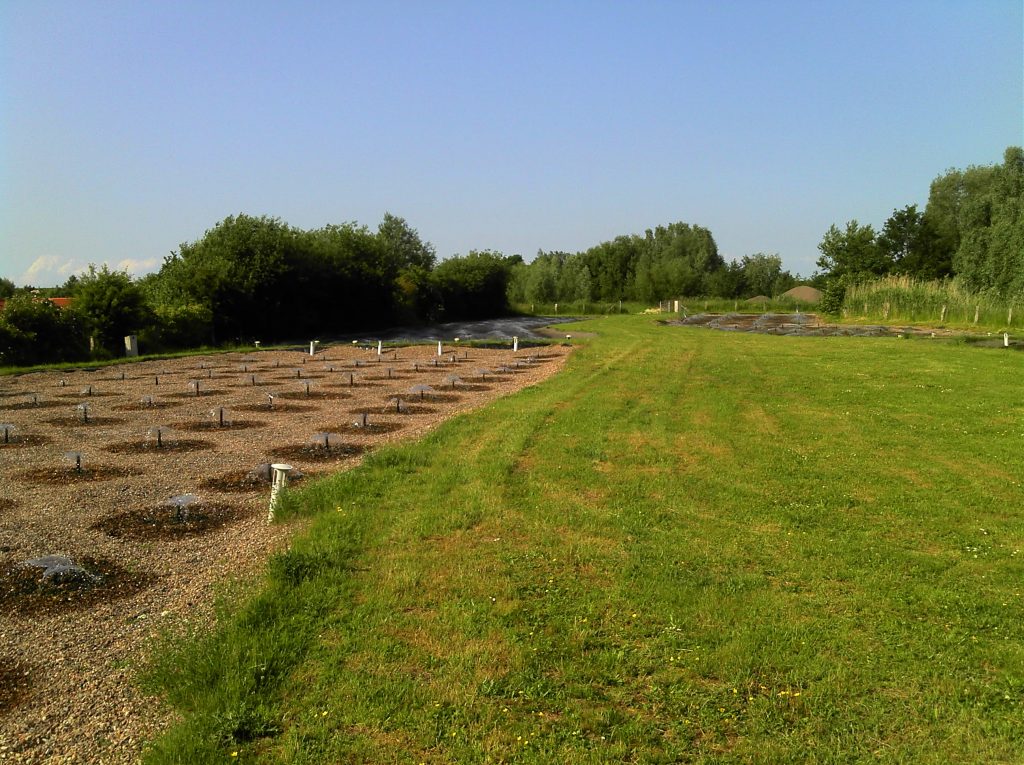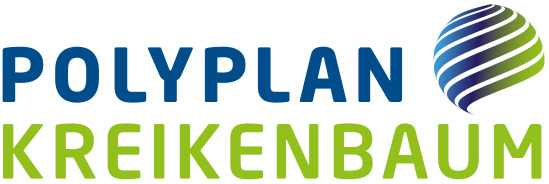In the Achtern Diek swimming lake (12 ha), there were severe algae blooms, especially in late summer, which impaired bathing use. In order to permanently improve the water quality and guarantee that the lake could be used for bathing for the entire season, a two-stage soil filter was installed for external water purification of the lake water.
With number of visitor of about 150,000 bathers per year and the assumption that one visitor contributes 0.074 g/m³ of total Phosphorus to the lake, 11,100 g/year of total Phosphorus is contributed by bathers only. Since total Phosphorus promotes algae growth, it is undesirable. This nutrient is bound by the Neptune filter and is therefore no longer available in the water. The power of the system is controlled according to the demand. As it gets warmer, more number of bathers use the lake and the rate of water circulation is increased which is routed through the filter. The maximum capacity of the filter system is 150 m³/h.
Water Circulation
The lake water enters the S1 shaft via an intake from the lake, where it is first transported to the Neptune filters by two pumps. There it is evenly distributed via sprinkler nozzles. In the ground filter, filtration and subsequent decomposition of biomass takes place, as well as the storage of the final mineral product. The water is then transported from here into the two separate shafts via pumps and then to the two additional filters. The treated water is ultimately collected in the clean water shafts and transported back to the north and south areas of the bathing lake.
The result of the restoration
The facility has been in operation since 1998. Since then, Ptot-P concentrations have been significantly reduced. From the original 300-500 µg/l Ptot-P, the values were reduced to 20 and 40 µg/l Ptot-P and maintained there despite of high loads. In only a few measurements, pollution-related peaks due to bathing operations of maximum 50 µg/l occurred over the years. As can be seen in the figures, overall Ptot-P levels were significantly reduced as compared to the years prior to filter supplementation thereby preventing algal blooms. Blue-green algae blooms have not occurred since 2002.





